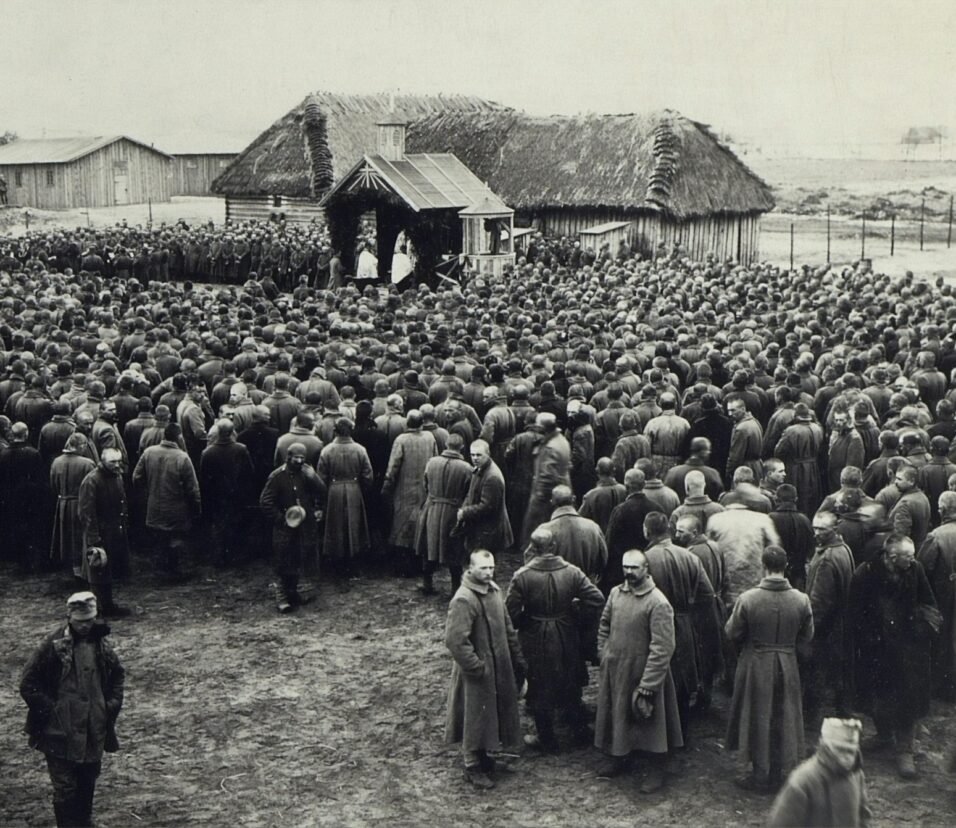The Tulsa Massacre
Introduction
The 20th century, for all its advancements, was not without its dark episodes. Among these, the Tulsa Massacre stands out as a particularly painful memory, underscoring the racial tensions that pervaded America at the time. So, let’s delve into this tragic event, its origins, its aftermath, and the lessons we can glean from it today.
Setting the Stage: Greenwood, the “Black Wall Street”
Greenwood, a prosperous black neighborhood in Tulsa, Oklahoma, earned the moniker “Black Wall Street.” By the 1920s, this district boasted a flourishing economy, with numerous black-owned businesses and properties. This economic success, however, was viewed with envy and animosity by many white Tulsans.
The Catalyst
On May 30, 1921, an incident between a young black man named Dick Rowland and a young white woman, Sarah Page, in an elevator set off a maelstrom of events. Although the details remain ambiguous, the widespread belief was that Rowland had assaulted Page. This allegation, despite being largely unsubstantiated, was all the trigger the situation needed.
Violence Erupts
Spurred by the incident, racial tensions, which had been simmering beneath the surface, exploded. On May 31, a white mob, fueled by anger and prejudice, descended on Greenwood. What followed can only be described as a horrifying carnage:
- Buildings were looted, businesses were torched, and the entire district was engulfed in flames.
- Reports suggest that up to 300 African Americans lost their lives, with many more injured.
- Thousands were left homeless, their dreams and lifetimes of hard work reduced to rubble.
The Deafening Silence
In the aftermath, the gravity of the massacre was downplayed. Local newspapers either underreported or entirely misrepresented the events. Moreover, the authorities made a scant effort to bring the perpetrators to justice. Consequently, the Tulsa Massacre was almost expunged from national memory.
Economic Implications
Greenwood, once a symbol of African-American prosperity, was decimated:
- Property damage was estimated to be in the millions, a staggering amount for the time.
- Insurance claims made by black business owners were largely denied, citing “riots” as an exception.
- The economic fallout persisted for years, with many survivors struggling to rebuild their lives.
Rediscovery and Reconciliation
It was only decades later that the massacre began to re-enter national consciousness:
- Survivors and their descendants started recounting their experiences.
- Initiatives were launched to educate people about the events, culminating in the establishment of the Greenwood Cultural Center.
- In the 21st century, efforts were made at both local and national levels to recognize and atone for the tragedy, including commemorations and reparation debates.
Lessons for the Future
The Tulsa Massacre serves as a harrowing reminder of the depths to which racial hatred can plunge a society:
- Recognizing Past Wrongs: Acknowledging such events is crucial to understanding the racial dynamics that still persist today.
- Education: Incorporating these events into school curriculums ensures that they are not forgotten.
- Building Bridges: Community outreach and dialogue can help in mending the divides and ensuring such events are never repeated.
The Social Climate Leading to the Massacre
Understanding the Tulsa Massacre requires a comprehension of the broader racial dynamics in America during the early 20th century:
- Post-WWI America: The end of World War I saw the return of many African-American veterans. Their hopes for a more equitable society, given their sacrifices for the nation, were met with heightened racial tensions.
- The resurgence of the KKK: The 1920s witnessed a significant resurgence of the Ku Klux Klan, not just in the South but throughout the nation. Their ideologies and violent tactics significantly influenced public sentiment.
- Jim Crow Laws: These laws enforced racial segregation in the Southern United States, which contributed to the pronounced racial disparities and animosities.
Media’s Role in Inciting Violence
Sensationalism played a significant role in stoking the flames of the massacre:
- Local newspapers played up the alleged assault, with some even calling for a lynching. Such provocative reporting spurred the white mobs into action.
- In contrast, following the massacre, the same media sources either minimized their reports or presented misleading narratives to downplay the scale of the violence.
The Immediate Aftermath: A City in Shock
The days immediately following the massacre were chaotic:
- Internment Camps: Black survivors were rounded up and placed in makeshift internment camps. They could only leave if a white employer vouched for them.
- Displacement: The destruction in Greenwood led to a significant refugee situation. With homes and businesses destroyed, many were forced to live in tents for months.
- Judicial Injustice: No white individual was held responsible or prosecuted for the atrocities. On the other hand, many black individuals were arrested during the massacre.
Conclusion
The Tulsa Massacre, a bleak chapter in American history, underscores the devastating consequences of racial animosity. By revisiting and understanding these events, society can hope to foster an environment of inclusivity and ensure that such tragedies remain firmly in the past. As we forge ahead into the 21st century, let Greenwood’s legacy be a testament to the indomitable spirit of its people and a beacon of hope for future generations.







